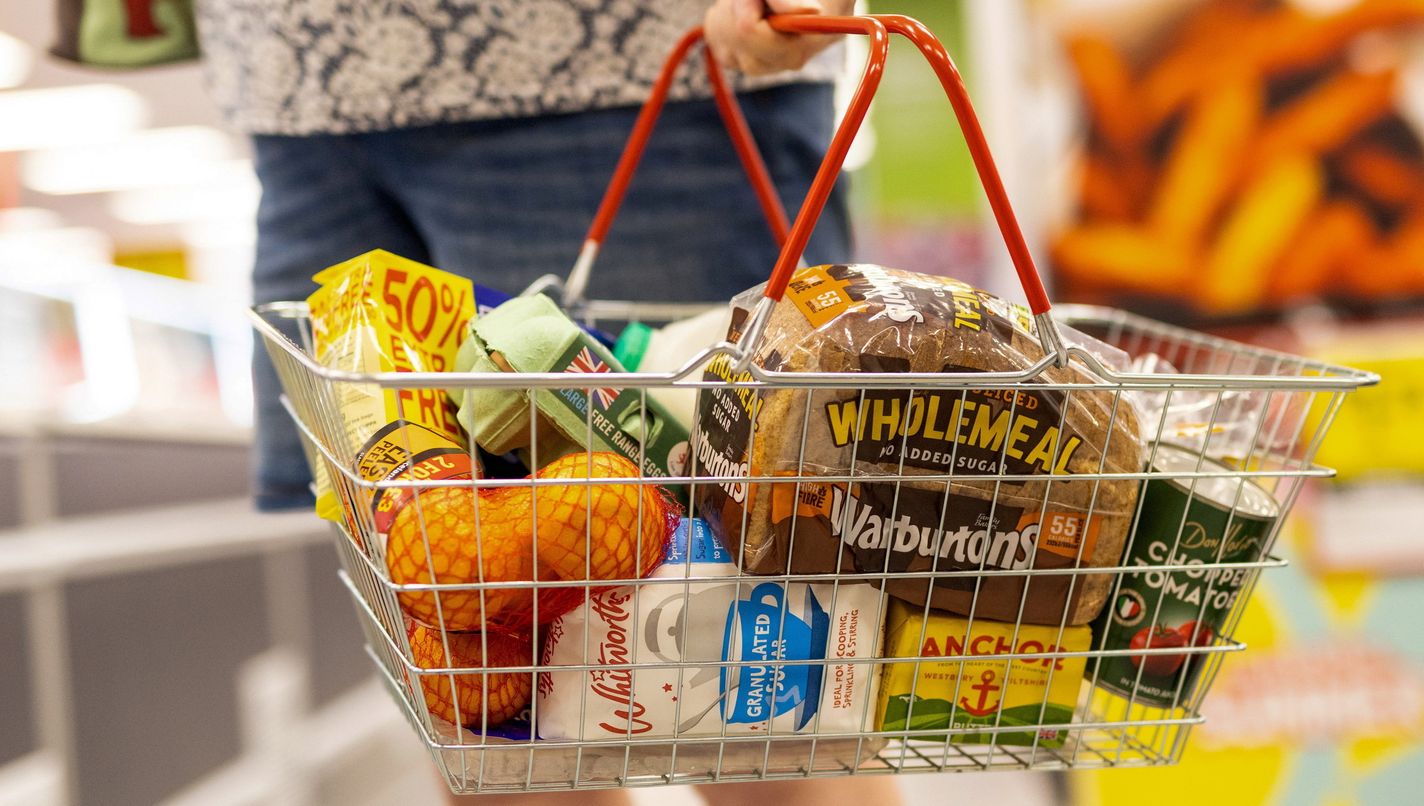What is a consumer price index?
A measure of inflation, and a tool to guide central bankers

INFLATION HAS DOGGED societies for centuries. Attempts to measure it properly began in earnest in the 20th century. In 1914 the British government calculated a “working-class cost of living index” to help guide adjustments to the wages of essential workers during the first world war. America’s Bureau of Labour Statistics (BLS) published inflation measures for 32 cities in 1919, and followed up with a national index in 1921. How do such consumer price indices work—and how have they changed over the years?
More from The Economist explains

What is a carry trade?
Borrowing cheaply to buy high-yielding assets is popular, but risky

The significance of liquid water on Mars
There could be an ocean’s worth deep underground

Why Russian troops are attacking on motorbikes
New conditions give rise to new tactics
What is “two-tier” policing?
The conspiratorial belief has spread online, fuelling disorder in Britain
Would legal doping change the Olympics?
The impact would be smaller—and worse—than proponents of drug-taking claim
Do vice-presidential picks matter?
If they have any effect on an election’s result, it is at the margins